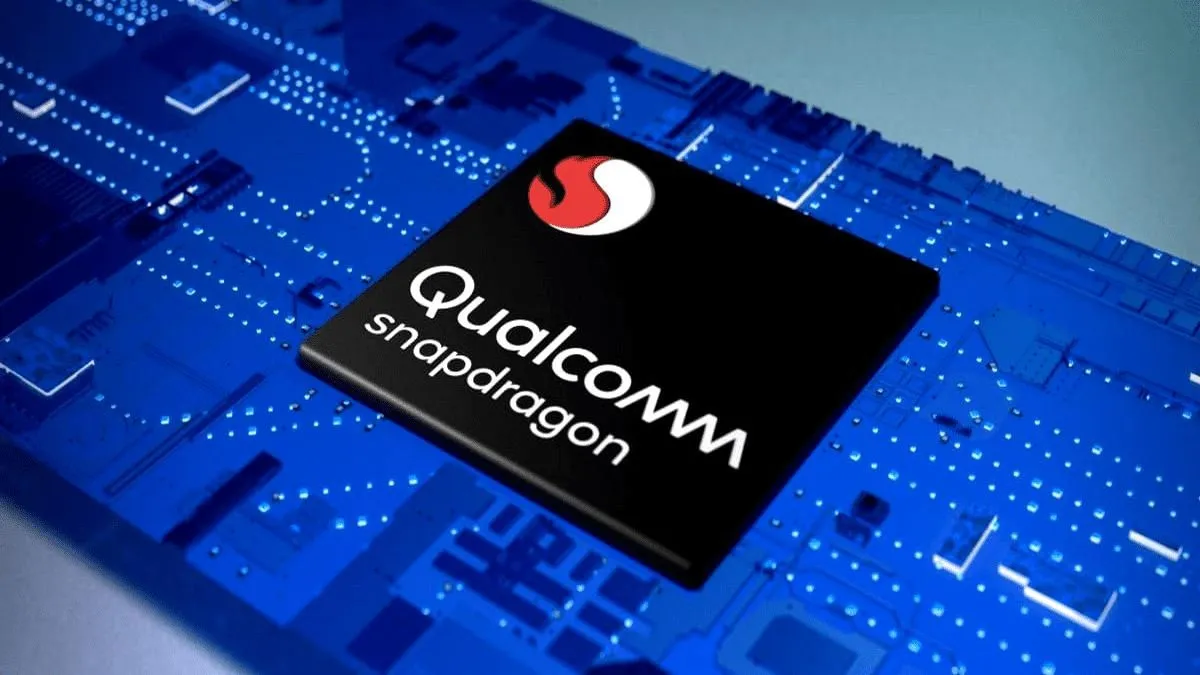Qualcomm’s latest mid-range chipset, the Snapdragon 7 Gen 3, has raised eyebrows among tech enthusiasts and smartphone manufacturers alike. While the chipset boasts improvements in graphics performance and connectivity, it falls short in terms of CPU power compared to its predecessor, the Snapdragon 7+ Gen 2. This downgrade has left many questioning Qualcomm’s decision-making process and its potential impact on the mid-range smartphone market.
Key Highlights:
- The Snapdragon 7 Gen 3 is a successor to the Snapdragon 7 Gen 1, not the Snapdragon 7+ Gen 2.
- It lacks the powerful Cortex-X2 prime CPU core found in the Snapdragon 7+ Gen 2.
- The Adreno 720 GPU offers a 50% performance boost over the Snapdragon 7 Gen 1.
- The chipset supports Full HD+ displays at 168Hz or QHD+ displays at 120Hz.

Delving into the Downgrade
The Snapdragon 7+ Gen 2, released in May 2023, set a high standard for mid-range chipsets, delivering impressive CPU performance and a capable Adreno 740 GPU. However, the Snapdragon 7 Gen 3 takes a step back in terms of CPU power, opting for a more modest configuration that omits the Cortex-X2 prime core. This decision has sparked concerns about the chipset’s ability to handle demanding tasks like gaming and high-end applications.
Qualcomm’s Justification
While the downgrade might seem puzzling, Qualcomm has offered some explanations. The company suggests that the Snapdragon 7 Gen 3’s focus on graphics performance and connectivity, along with its improved power efficiency, makes it a more versatile chipset for mainstream users. Additionally, Qualcomm maintains that the chipset’s overall performance remains competitive within the mid-range segment.
Impact on the Mid-range Market
The Snapdragon 7 Gen 3’s downgrade could have implications for the mid-range smartphone market. Some manufacturers might be hesitant to adopt the chipset due to its CPU limitations, potentially favoring alternatives like MediaTek’s Dimensity 8200. This could lead to a more diverse mid-range landscape, with smartphone brands differentiating themselves through chipset choices.
Specifications
- CPU: 1x 2.63GHz Cortex-A715, 3x 2.4GHz Cortex-A715, 4x 1.8GHz Cortex-A510
- GPU: Adreno 720
- Process: TSMC 4nm
- Memory: Up to 12GB LPDDR5
- Storage: Up to 256GB UFS 3.1
- Display: Full HD+ (1080 x 2400 pixels) at 168Hz or QHD+ (1440 x 3200 pixels) at 120Hz
- Camera: Up to 200MP main sensor, 12MP ultrawide sensor, 8MP telephoto sensor
- Connectivity: 5G, Wi-Fi 6E, Bluetooth 5.3, GPS, NFC
Performance
The Snapdragon 7 Gen 3 offers improved performance over its predecessor, the Snapdragon 7 Gen 1. The CPU is up to 15% faster, and the GPU is up to 50% faster. The chipset also supports faster memory and storage, enabling smoother multitasking and app loading times.
The Snapdragon 7 Gen 3’s decision to downgrade CPU power in favor of graphics performance and connectivity raises questions about Qualcomm’s strategy for the mid-range market. While the chipset offers improvements in certain areas, its CPU limitations could make it less appealing to power-hungry users. Only time will tell how the market responds to this unconventional approach.


















